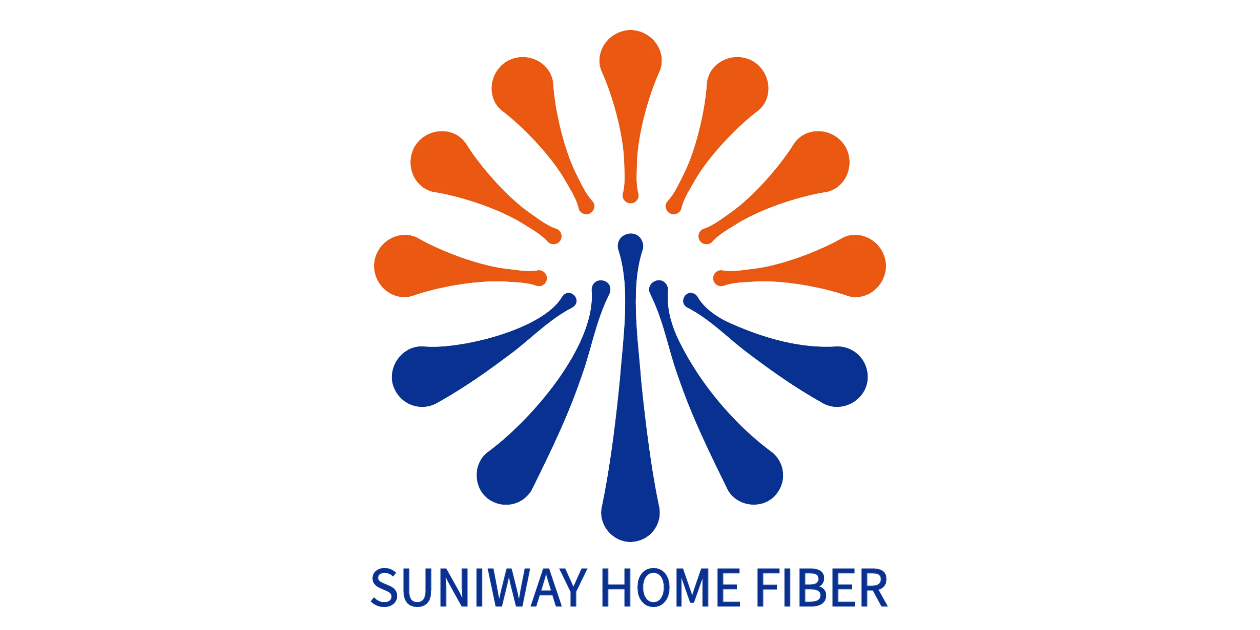
Upgrade to High-Speed Internet for only ₱1499/month!
Enjoy up to 100 Mbps fiber broadband, perfect for browsing, streaming, and gaming.
Visit Suniway.ph to learn
One morning, a customer approached the counter and said, “Good morning!” I’d love a cappuccino with oat milk, extra hot, please. I appreciate it – thank you!”
The barista nodded and got to work. A few minutes later, the customer received a perfectly crafted cappuccino – extra hot, with a delicate swirl of foam and, as a bonus, a tiny cinnamon smiley face on top.
Then came the next customer. This one stormed in like they owned the place, slamming a hand on the counter with all the grace of a business executive about to fire someone.
“Cappuccino. Extra hot. Now. And don’t mess up the milk!”
The barista nodded and got to work, still wearing their best customer service smile (but now with a glint of mischief). Soon enough, the cappuccino was ready – extra hot, just as demanded. But there was one tiny detail. The lid was ever so slightly loose. Not enough to notice immediately, but just enough to ensure that the aggressive customer received a boiling-hot foam facial with the first eager sip.
A yelp of shock filled the café. The barista, tilting their head innocently, asked, “Oh no, too hot? You did ask for extra!”
The story’s moral: The first customer was assertive, and he got good results. The second one was aggressive, and he got a spa treatment.
You speak up in a meeting, state your opinion with conviction and suddenly, there’s an uncomfortable silence. Did you assert yourself or unknowingly bulldoze over everyone in the room?
Communication in the workplace is like walking a tightrope. Say too little, and you fade into the background. Say too much forcefully, and you risk being labeled difficult or aggressive.
Assertiveness is a valuable skill that helps you advocate for yourself, earn respect and build strong professional relationships. But when confidence goes unchecked, it can slip into aggression – leaving a trail of damaged relationships and missed opportunities.
So, how do you stand your ground without stepping on toes? It starts with understanding the difference.
Assertive people are clear, confident and respectful. They express their needs without hesitation and hostility. It’s about being direct without being overbearing and firm without being forceful.
When assertive, people speak with clarity, listen to others and keep their emotions in check – even in moments of disagreement. They don’t need to raise their voice to command attention. Instead, their confidence speaks for itself.
Aggressive behavior is confidence on overdrive, marked by dominance, dismissiveness and an unwillingness to hear opposing viewpoints.
An aggressive communicator interrupts, talks over others and shuts down discussions rather than invite them. Their words and tone can be harsh, even threatening, creating an environment where collaboration takes a backseat to control.
While assertiveness fosters trust, aggression erodes it.
When asking for a raise, an assertive employee says, “I’ve taken on more responsibilities and would love to discuss how that reflects in my compensation.” Confident and respectful.
An aggressive employee demands, “I deserve a raise, or I’m looking elsewhere.”
Instead of opening a conversation, it builds resistance and tension.
What about giving feedback?
An assertive leader might say, “The last report had a few errors. Let’s go over them together to improve accuracy moving forward.”
This opens the door for discussion and improvement.
But an aggressive leader would say,
“This report is full of mistakes. You need to do better.”
Instead of motivating the employee to grow, this approach demoralizes them.
When it comes to disagreements:
An assertive person says, “I see your perspective, but let’s consider an alternative.”
An aggressive one snaps, “You’re wrong. That won’t work.”
So, how do you make sure you’re being assertive – not aggressive?
First, choose your words wisely.
Instead of saying, “You never let me speak in meetings,” shift the focus to your experience: “I’d like a chance to share my thoughts in meetings.”
This simple change transforms a potentially accusatory statement into a constructive request.
Next, pay attention to tone and body language.
Words matter, but how you say them matters even more. Keep your voice calm and steady – there’s no need to raise it to make a point.
Maintain eye contact without staring someone down. Use open body language instead of crossed arms, making you seem defensive or closed off.
Respond, don’t react.
Aggressive communicators fire back emotionally, while assertive ones pause, think and reply thoughtfully.
Step away, breathe and respond calmly if an email frustrates you. Being direct is key, but respect keeps conversations productive, not combative.
Assertiveness isn’t just speaking – it’s also active listening.
A confident person welcomes input, asks questions and considers other viewpoints, demonstrating emotional intelligence and a true spirit of collaboration.
Ask yourself: Am I asserting my perspective or steamrolling the conversation?
If you think this is too trivial to reflect on, you need a hot spa.
Unlock your potential and propel your career forward at Level Up Leadership – The Excellence Advantage workshop seminar on April 8, at Rockwell Club, Makati. Reserve your seat now, contact April at +63928-559-1798 or Savee at 0917-533-6817. Visit www.levelupleadership.ph for details. Limited seats available.

 1 week ago
8
1 week ago
8



